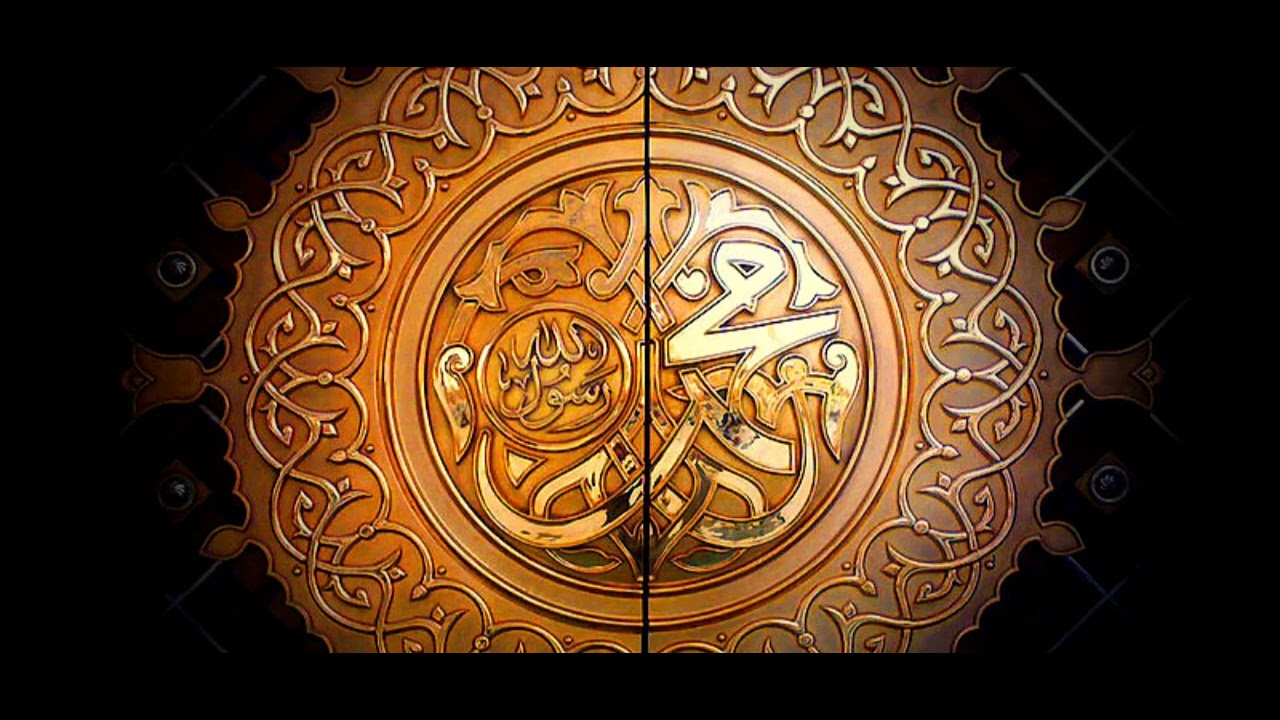The life of the Prophet Muhammad (peace be upon him) and his companions (Sahaba) forms the foundation of Islamic history and spirituality. Their relationship reflects the embodiment of Islamic principles, unity, sacrifice, and unwavering commitment to spreading the message of Islam, in this article on Arabian Tongue website we will explorer life of prophet with sahaba.
life of prophet with sahaba

Prophet Muhammad (peace be upon him) was born in Mecca in 570 CE into the Quraysh tribe. Even before receiving prophethood, he was known for his honesty and trustworthiness, earning the title “Al-Amin” (the trustworthy). His early life was marked by simplicity, integrity, and a deep sense of justice.
The Sahaba, literally meaning “companions,” were those who accepted Islam during the Prophet’s lifetime and supported him through various trials. They came from different social classes and backgrounds but were united by their faith in the Prophet’s message.
The Beginning of Prophethood and Early Companionship
At the age of 40, Prophet Muhammad received the first revelation in the cave of Hira from the Angel Gabriel. This marked the beginning of his mission as the final prophet in Islam. The initial phase of Islam was met with persecution by many Meccans who opposed the monotheistic belief.
Despite this, the first companions were few but steadfast. Khadijah, the Prophet’s wife, was the first to accept Islam, followed by close friends like Abu Bakr, Ali ibn Abi Talib, and Abu Hurairah. These early converts became pillars of the community, providing emotional and physical support to the Prophet.
Bond Between Prophet Muhammad and His Sahaba
The relationship between the Prophet and his companions was unique and deeply rooted in mutual respect, love, and spiritual growth. The Prophet taught his companions with patience and compassion, emphasizing moral integrity, social justice, and personal sacrifice.
The Sahaba, in return, displayed unwavering loyalty. They accompanied the Prophet on journeys, endured hardships like boycotts and battlefields, and dedicated their lives to witnessing and preserving the message of Islam. For instance, Abu Bakr was known for his generosity and courage, Umar for his strong leadership and justice, Ali for his knowledge and bravery, and Uthman for his generosity.
Life in Medina: A Model Islamic Society
After enduring severe persecution in Mecca, the Prophet and his companions migrated to Medina in 622 CE, an event known as the Hijra, which marks the beginning of the Islamic calendar. In Medina, the Prophet established the first Islamic state, based on the principles of equality, justice, and religious tolerance.
The Sahaba played key roles in building this new society. They became leaders, judges, and advisors, contributing to the formulation of laws, community welfare, and defense strategies. The Constitution of Medina drafted by the Prophet was a pioneering document that governed relations among diverse religious and tribal groups.
Battles and Sacrifices of the Sahaba
Throughout the Prophet’s life, the Sahaba stood firmly by his side during various battles such as Badr, Uhud, and the Trench (Khandaq). These battles tested their faith, resilience, and loyalty.
The Battle of Badr in 624 CE is often highlighted as a turning point where the believers, though outnumbered, triumphed through faith and divine assistance. The sacrifices of the Sahaba in these battles were immense—many lost their lives, properties, and loved ones for the sake of Islam.
The Prophet’s Leadership and Teaching Style
Prophet Muhammad was not only a spiritual leader but also a political leader, teacher, judge, and family man. His leadership was characterized by humility; he lived simply, ate with his companions, and participated in daily chores. His teachings emphasized compassion, forgiveness, and justice.
He used various methods to teach his companions and the community, including sermons (khutbahs), personal example (sunnah), and dialogue. The Prophet encouraged his companions to seek knowledge, which led to a flourishing culture of scholarship among the Sahaba.
The Role of Women Among the Sahaba
Women among the companions played vital roles in the early Islamic community. Figures like Aisha, the Prophet’s wife, and Umm Salama were respected scholars and transmitters of Hadiths (sayings of the Prophet). Other women such as Fatimah, the Prophet’s daughter, and Khadijah were exemplars of piety and strength.
Women participated in social and political affairs, nursing wounded soldiers, and supporting charitable endeavors. Their contributions helped shape the moral and social fabric of Medina.
The Final Years and the Legacy of the Sahaba
In the final years of the Prophet’s life, the Muslim community grew in strength and unity. The Farewell Pilgrimage in 632 CE demonstrated the consolidation of Islam and the lasting impact of the Prophet’s teachings.
After the Prophet’s passing, the Sahaba continued his legacy by spreading Islam beyond the Arabian Peninsula. They played crucial roles in compiling the Quran, narrating hadiths, governing Islamic states, and preserving Islamic doctrine.
FAQs
Who were the Sahaba and why are they important?
The Sahaba were the companions of Prophet Muhammad who accepted Islam and supported him throughout his mission. They are important because they preserved and transmitted Islamic teachings and history.
What role did the Sahaba play in battles during the Prophet's time?
The Sahaba showed immense bravery and sacrifice in key battles such as Badr and Uhud, defending the nascent Muslim community and the message of Islam.
How did the Prophet Muhammad teach his companions?
The Prophet taught through sermons, personal example, dialogue, and encouragement to seek knowledge, developing a strong, spiritually grounded community.
What contributions did women companions make in early Islam?
Women like Aisha and Umm Salama contributed to Islamic scholarship, conveyed prophetic traditions, and supported social and political activities, playing vital roles in the community.
How did the Sahaba continue the Prophet’s legacy after his death?
After the Prophet's passing, the Sahaba spread Islam, compiled the Quran, narrated hadiths, and established Islamic states to uphold and propagate Islamic teachings.
Conclusion
The life of Prophet Muhammad with his Sahaba is a profound example of spiritual dedication, mutual respect, and leadership. Their collective journey shaped the foundations of Islam and provided timeless guidance on faith, community, and humanity. Their sacrifices and unwavering commitment continue to inspire millions worldwide, underscoring the importance of unity, justice, and compassion in every era.

